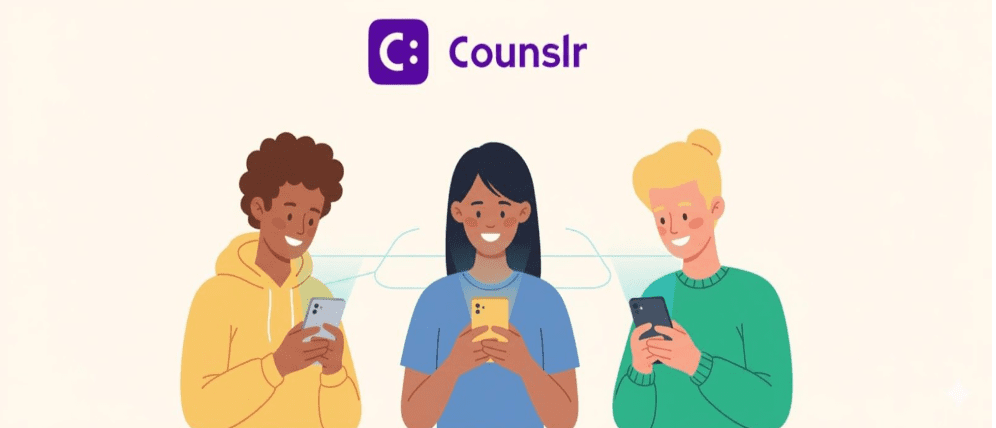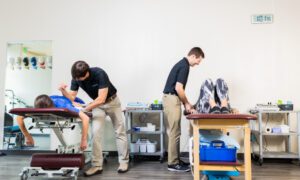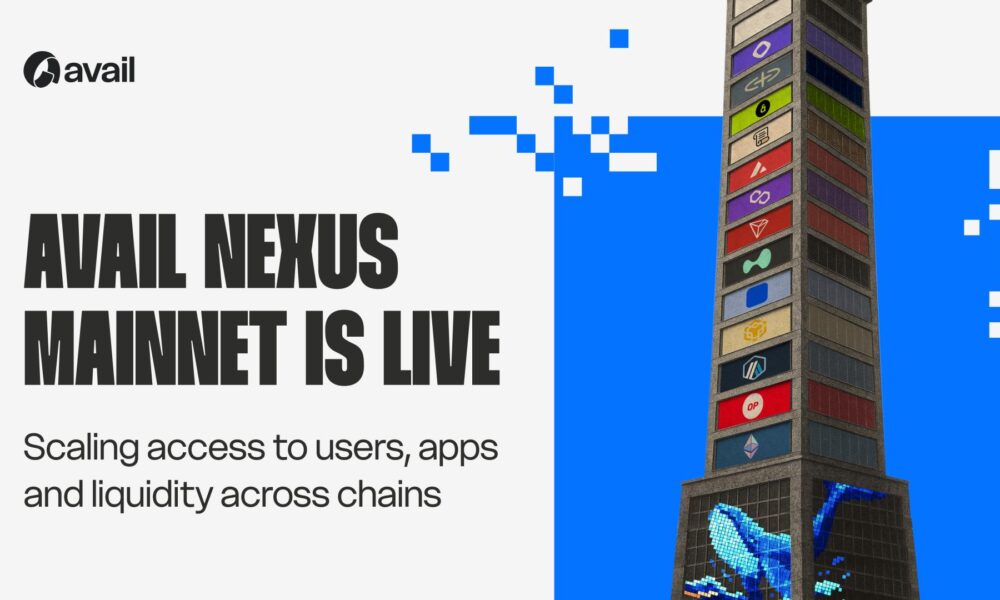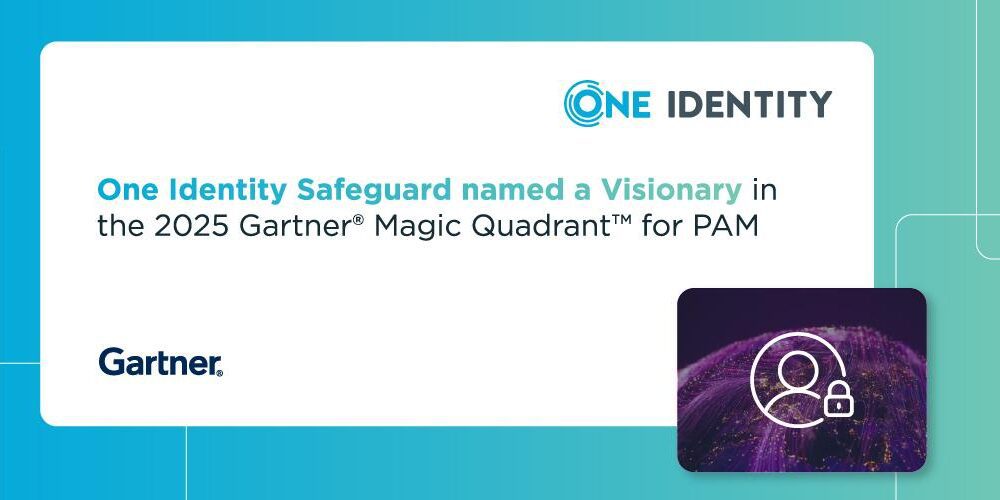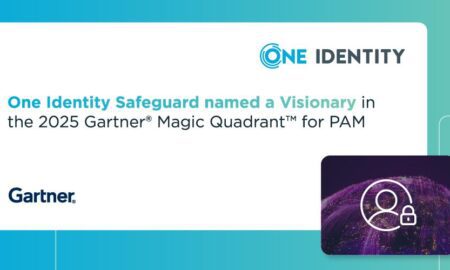Student well-being has become a top priority for schools across the country. With rising stress levels, academic pressure, and the lingering effects of social isolation, traditional in-person counseling services often struggle to keep up with demand. In 2025, more schools are turning to Teletherapy to bridge the gap, which means they are using text therapy, video call based counseling, and other methods.
This approach makes it easier for students to access help discreetly, conveniently, and without long waiting times. Let’s look at five school districts that are leading the way by integrating innovative student mental health services into their support systems.
The Growing Mental Health Crisis in Schools
In recent years, schools across the U.S. have reported a significant rise in anxiety, depression, and stress-related challenges among students. Academic pressures, social media influences, and lingering effects of the pandemic have all contributed to a steep decline in youth mental well-being.
Unfortunately, traditional in-person counseling resources are often stretched thin; many districts have just one counselor for hundreds of students, leading to long wait times and unmet needs. This gap has fueled the adoption of innovative mental health services, particularly online text therapy through an app in a discreet, immediate, and scalable way for students in crisis.
1. Allentown School District (Pennsylvania)
Allentown School District recognized that its in-person counselors were overburdened, leaving many students without timely support. To tackle this, the district introduced a 24/7 text therapy platform for high school students aged 14 and above.
Through a secure mobile app, students can connect instantly with licensed counselors for unlimited, confidential conversations. This system supplements existing on-campus services and ensures that help is available at any hour, even beyond school walls.
Why it works:
- Immediate access to licensed professionals
- Reduces the stigma around visiting the counselor’s office
- Offers flexible support without scheduling appointments
2. Hardin Public Schools (Montana)
Hardin Public Schools opted for an AI-driven solution called Sonny, a chatbot designed to provide emotional check-ins and basic coping strategies. While it’s not a replacement for human therapists, the chatbot is monitored by school counselors who can intervene if a student’s responses indicate high distress.
Since its rollout, behavioral incidents have reportedly dropped by 26%, showing how proactive mental health monitoring can prevent crises.
Why it works:
- Scalable solution for districts with limited staff
- Provides non-judgmental, anonymous text-based support
- Early detection of students who need additional care
3. Ithaca City School District (New York)
Ithaca schools have integrated the national Crisis Text Line into their mental health resources, encouraging students to text “HOME” to 741741 whenever they need help. It’s widely promoted across campuses through posters, student handbooks, and digital platforms.
This model ensures students have access to trained crisis counselors 24/7, even if they’re hesitant to reach out to school staff directly.
Why it works:
- Anonymous and accessible from any device
- Immediate connection to crisis-trained volunteers
- Supports students outside traditional school hours
4. Bristol Warren Regional School District (Rhode Island)
In Bristol Warren, text-based mental health support began as a faculty wellness initiative in 2024 and expanded to students in 2025. The platform provides on-demand conversations with trained counselors via text, showing how scalable student mental health services can be when introduced thoughtfully.
This phased rollout also helped the district build trust with staff before offering the same resource to the student population.
Why it works:
- Gradual adoption fosters trust
- Demonstrates how one platform can serve both faculty and students
- Creates a unified approach to community mental health
5. Pasco School District (Washington)
Pasco took a slightly different route by partnering with Hazel Health, a provider of virtual mental health therapy. Using federal funding, they offered free therapy sessions for students at home or in school. While primarily video-based, it complements text-based initiatives by giving families an option for more in-depth therapy when needed.
In just six weeks, nearly 400 students accessed services, with 80% choosing to do so from home.
Why it works:
- Blends virtual therapy with on-campus resources
- Reduces barriers for families who lack transportation
- Offers multiple levels of support based on student needs
Why Text-Based Mental Health Support Matters
For many young people, reaching out for help can feel intimidating. Text-based mental health support removes barriers like scheduling, travel, and stigma. Students can express themselves more freely, knowing they can reach out from anywhere—whether they’re in the cafeteria, at home, or on the school bus.
It also gives schools a scalable way to provide student mental health services without overwhelming their existing counseling staff. By offering confidential, convenient, and immediate support, these districts are creating safer and more supportive learning environments.
Final Thoughts
These five districts show that technology, when used thoughtfully, can close critical gaps in student care. From AI-driven chatbots to live text therapy with professionals, schools are finding creative ways to make sure no student feels alone.
As more districts embrace text therapy and other flexible mental health solutions, the hope is clear: every student deserves accessible, stigma-free support for their emotional well-being.
References
- Allentown School District Press Release. “Allentown School District Expands Mental Health Support for High School Students” (2025). https://www.allentownsd.org/news/post-details-page/~board/allentown-school-district-news/post/allentown-school-district-partners-with-counslr-to-increase-access-to-mental-health-support-services
- Wall Street Journal. “This Mental Health Chatbot Aims to Fill the Counseling Gap at Understaffed Schools.” (2025). https://www.wsj.com/tech/ai/student-mental-health-ai-chat-bots-school-4eb1ba55
- Ithaca City School District. “Mental Health & Wellness Resources for Students” (Official District Website, 2025). https://www.ithacacityschools.org/o/icsd/page/mental-health-supports
- Counslr. “Counslr Expands Student and Staff Mental Health Support Across U.S. School Districts” (Press Announcement, 2024). https://www.counslr.com/press-media/counslr-expands-into-rhode-island-partnering-with-bristol-warren-regional-school-district-to-increase-access-to-mental-health-support-services
- Medium – Pasco School District. “Pasco Partners with Hazel Health to Provide Virtual Mental Health Services” (2022). https://medium.com/waospi/how-washington-schools-are-using-their-emergency-relief-funding-e8aa14ea0be7

